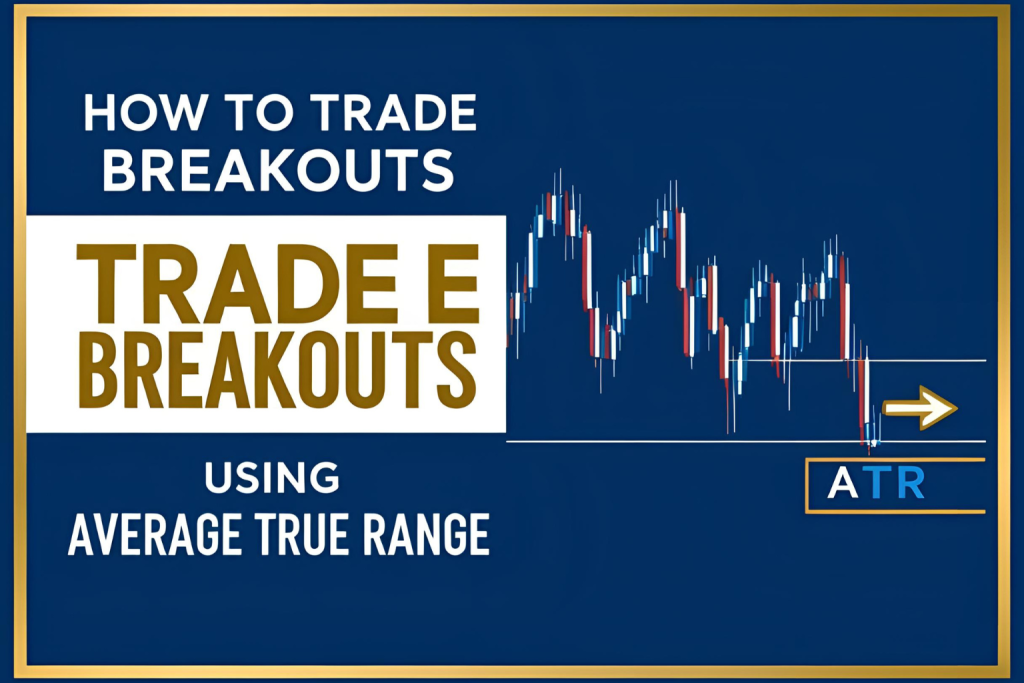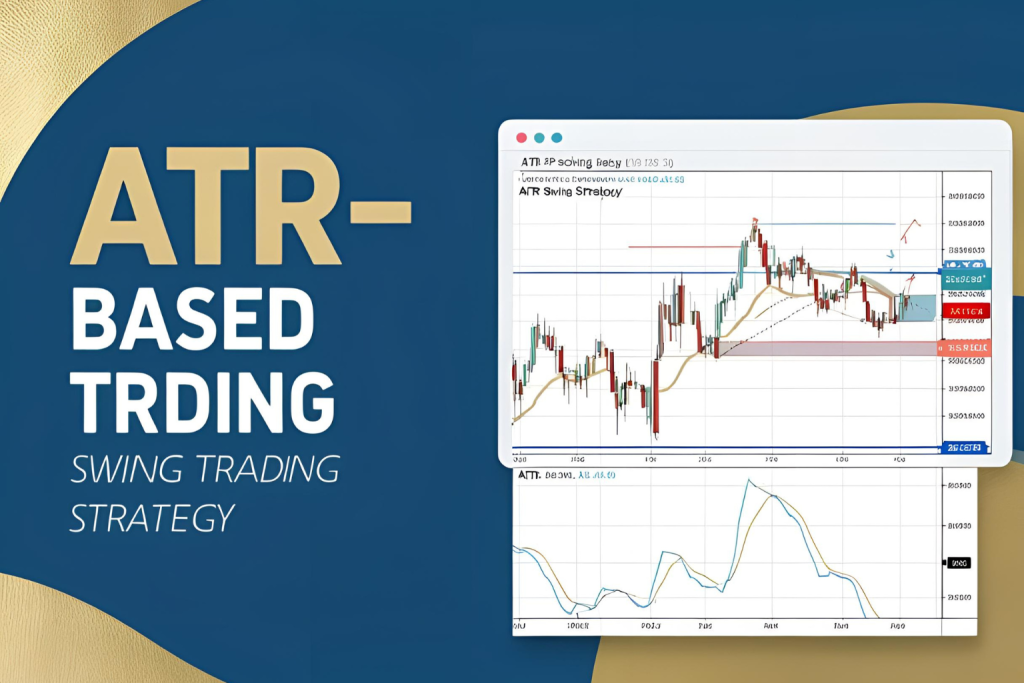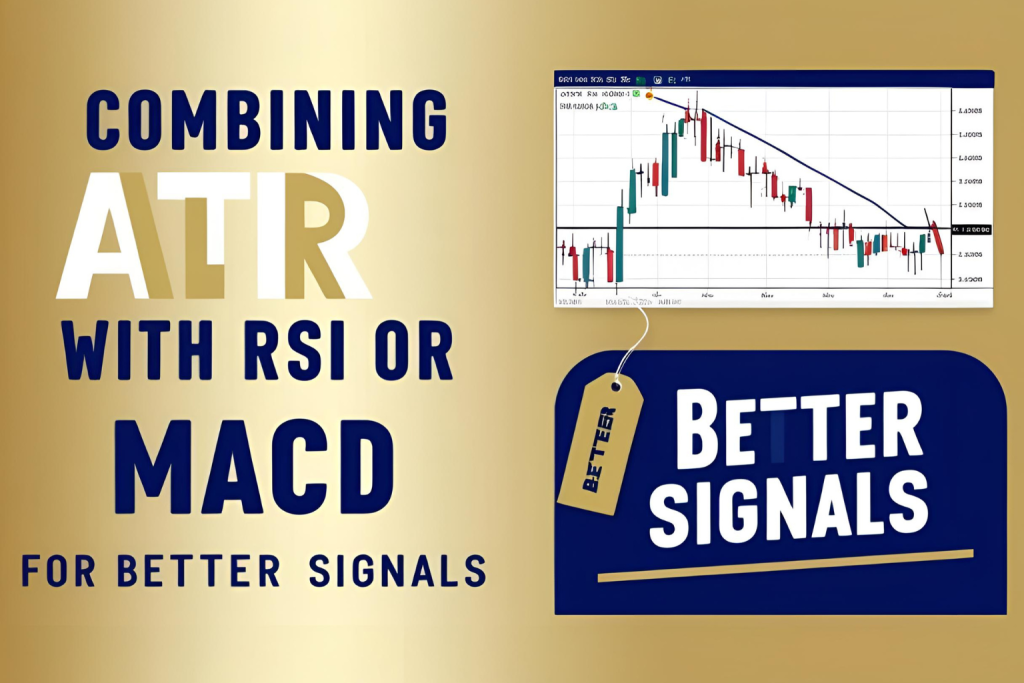The Average True Range (ATR) is a critical indicator for day traders looking to manage risk and understand short-term volatility. But to use it effectively, you need to fine-tune the ATR settings for day trading. The default 14-period setting may work for longer timeframes, but day traders benefit from faster, more responsive configurations.
Let’s explore the best ATR settings and how to apply them in a live intraday trading environment.
Why ATR Matters for Day Trading
ATR helps day traders:
- Measure volatility in real-time
- Place dynamic stop-losses
- Adjust position size based on market activity
- Avoid low-volatility, range-bound setups
When used properly, ATR keeps your trades aligned with current market behavior.
Recommended ATR Settings for Day Trading
| Timeframe | ATR Period | Description |
|---|---|---|
| 1-Minute to 5-Minute | 5 to 10 | Faster signals, reacts quickly to changes |
| 15-Minute to 30-Minute | 10 to 14 | Balanced for intraday setups |
| 1-Hour | 14 to 21 | Smoother ATR, good for longer day trades |
The shorter the timeframe, the shorter your ATR period should be.
ATR Multipliers for Stop-Loss
Once you have your ATR value, apply a multiplier to set your stop-loss:
- Conservative: 1.0 × ATR
- Balanced: 1.5 × ATR
- Volatile: 2.0 × ATR
Example:
If ATR (5-period) on a 5-minute chart = 0.25,
Then 1.5 × ATR = 0.375 points stop-loss
How to Optimize ATR Settings
- Backtest your strategy with different ATR periods
- Observe how ATR responds to price spikes
- Match your ATR setting to your trading style and asset volatility
- Recalibrate weekly if markets are shifting rapidly
Tools for Customizing ATR
- TradingView: Edit ATR period in the indicator settings
- Thinkorswim: Use shorter periods with alert integrations
- MT4/MT5: Attach multiple ATRs for visual comparisons
- Custom scripts: Combine ATR with trailing stop strategies
Final Thoughts
The best ATR settings for day trading depend on your chart timeframe, trading speed, and volatility preference. Shorter ATR periods respond quickly but may create noise; longer settings are smoother but may delay reactions.
Test different combinations and refine what works for your strategy. With the right ATR configuration, you can manage risk like a pro and make decisions based on market behavior—not emotions.
FAQs
1. Is 14-period ATR good for day trading?
It’s okay, but many day traders prefer 5–10 for faster response.
2. Should I use a fixed ATR multiplier?
You can start with 1.5×, but test it to fit your market and style.
3. Can I change ATR settings during trading?
Yes. Many traders adjust settings based on volatility shifts.
4. Is ATR better than fixed stop-loss values?
Yes. ATR adapts to market volatility, helping reduce false stop-outs.
5. Does a lower ATR mean a safer trade?
Not always. It means lower volatility, which can lead to fewer opportunities.



